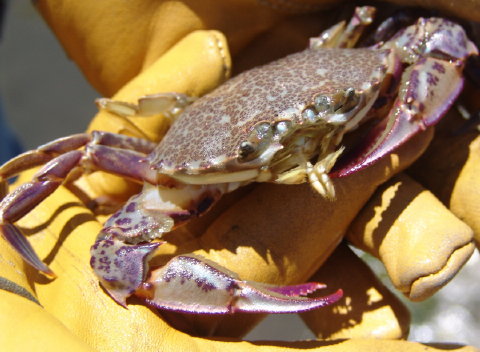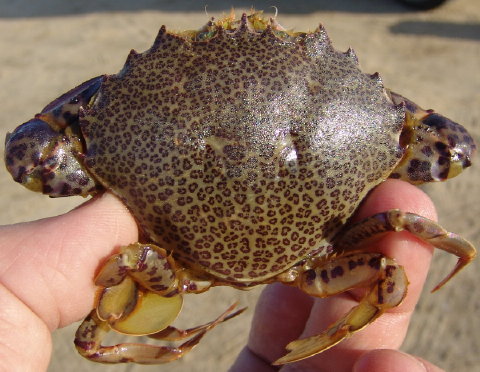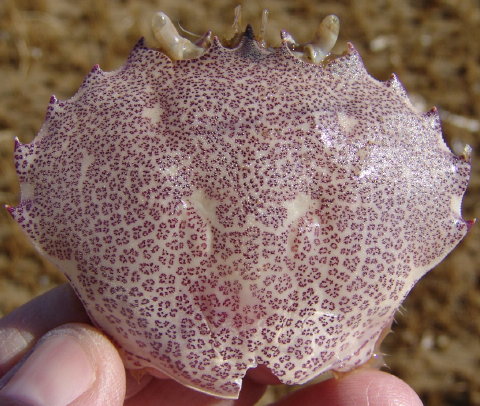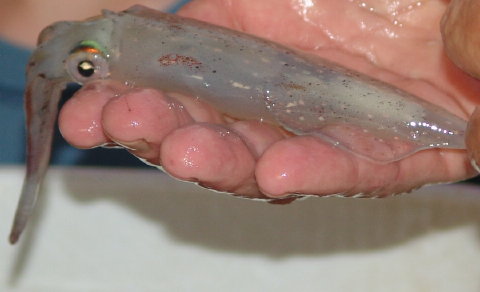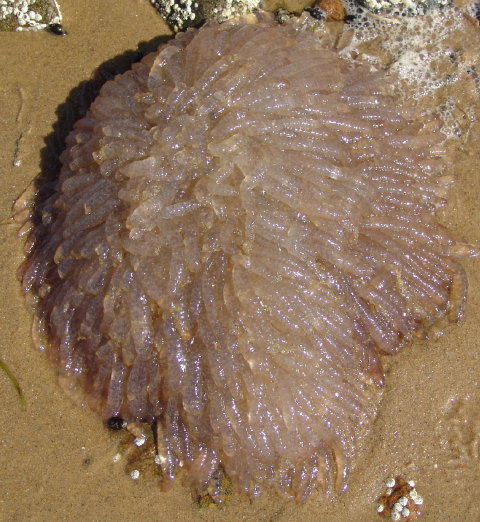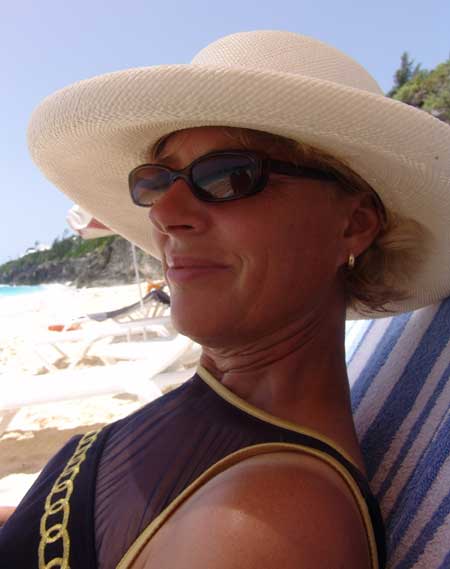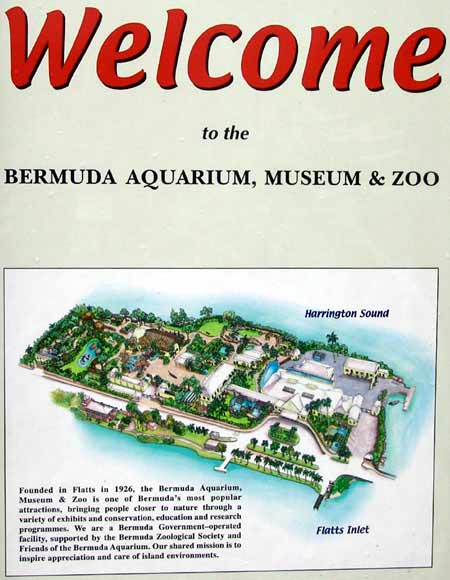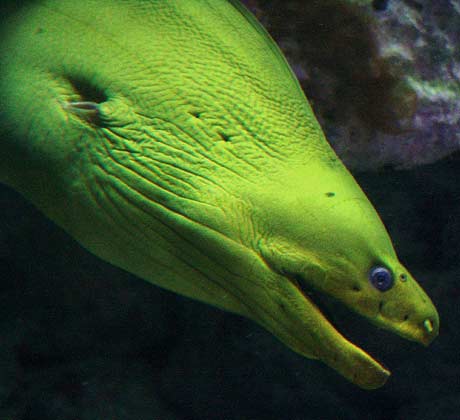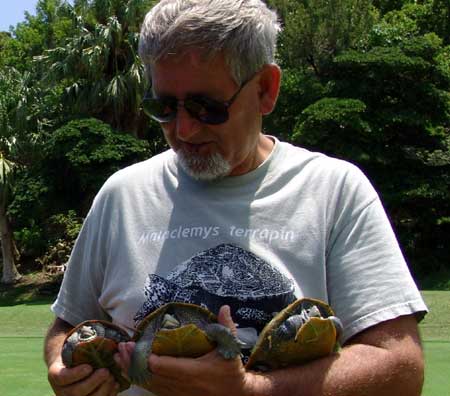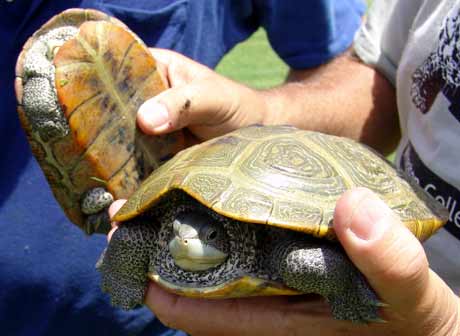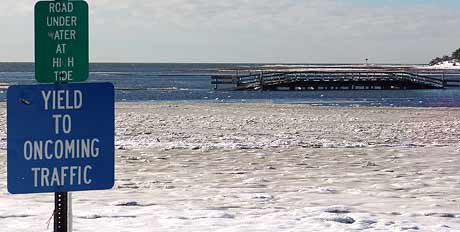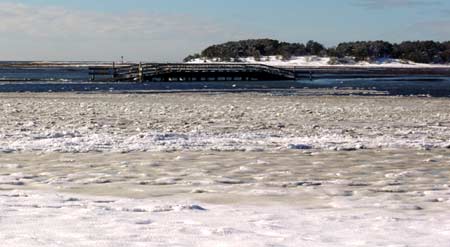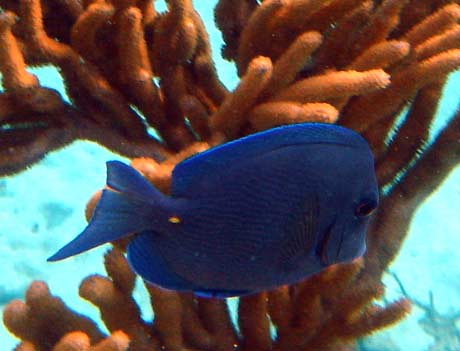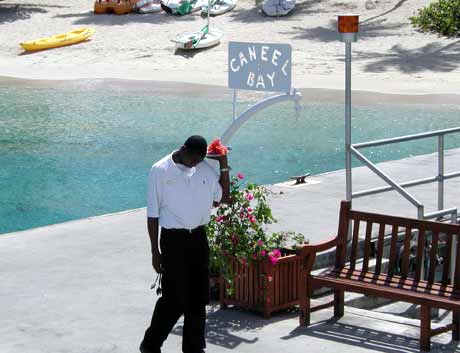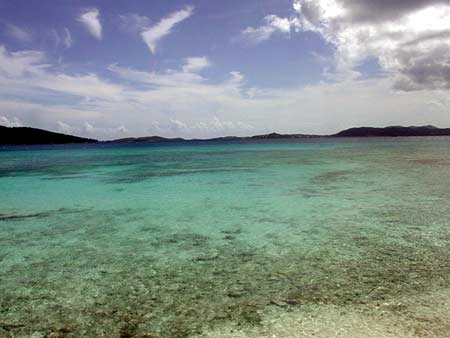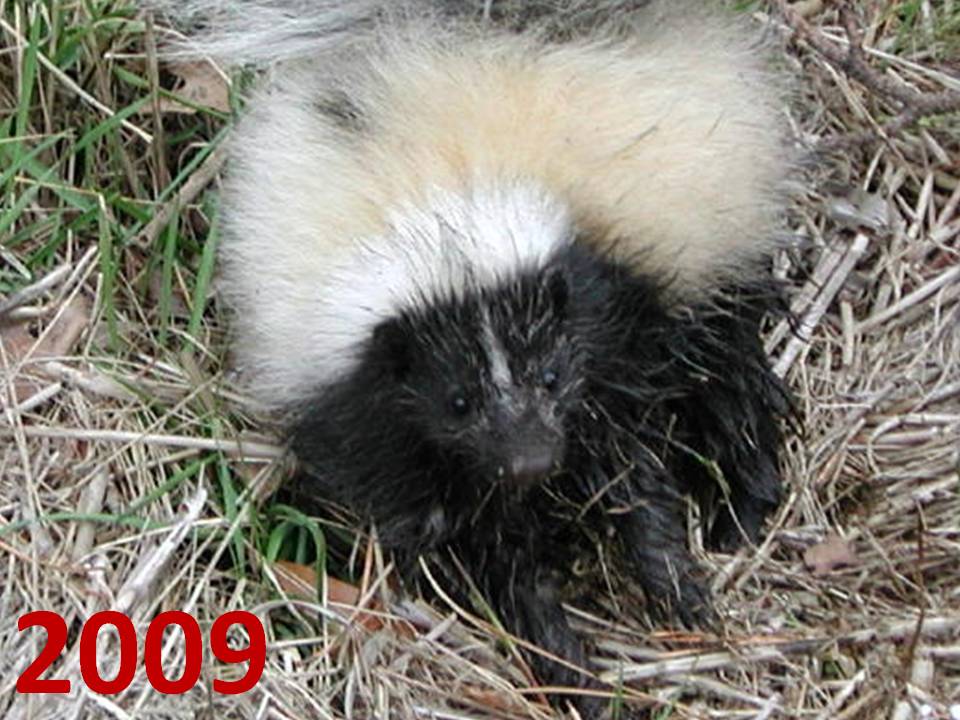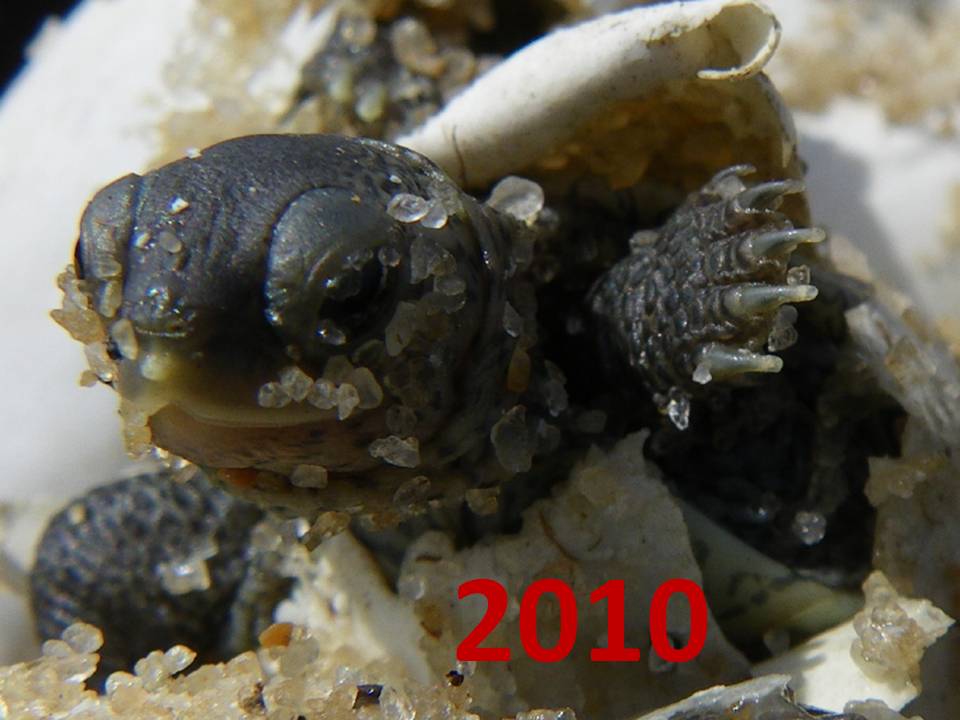Male Lady Crab Found Under Lieutenant Island Bridge
Beautifully colored and comically aggressive, lady crabs (Ovalipes ocellatus), also called calico crabs, are medium sized crustaceans found in sandy, shallow inter-tidal zones along the Atlantic coastline of the United States from Cape Cod to Texas. On Outer Cape Cod thousands of lady crabs populate the shallow tidal flats and submerged sandbars south of Lieutenant Island.Â
Lady Crab Carapace (Note Paddle-Shaped Swimming Legs)
Lady crabs dart quickly across the shallow tidal flats and burrow into the soft sand for stealth and protection. When confronted in the open, they display fiercely aggressive behavior.  Lady crabs attack whatever comes within reach of their subsurface hiding spots, which provides an excellent and compelling reason to wear water shoes whenever strolling these shores.  The Turtle Journal team has been attacked with great frequency, especially when turbulent surf creates turbid water conditions.
Lady Crab Bottom; Again Note Rear Swimming Legs
Females have a broad abdominal flap under which they carry eggs; males have narrow flaps, sometimes termed the “Washington Monument.”Â
Lady Crab Molt from Lieutenant Island on Cape Cod
Lady crabs molt as they grow to their full size of approximately four inches width. As we patrol the salt marsh along the Lieutenant Island shoreline early each spring, we find hundreds and hundreds of molts (empty shells) washed ashore.
Squid from Wellfleet Bay
These crabs are hunting and scavenging carnivores. They like fish that may unsuspectingly swim by their hiding spot, as well as clams and crabs. We inadvertently discovered during a 2008 Mass Audubon Marine Life Cruise in Wellfleet Bay that lady crabs LOVE squid.
Squid Eggs Washed Ashore on Lieutenant Island
During our Crab Field School in July 2008, we found this large assemblage of squid eggs that had washed ashore on the west coastline of Lieutenant Island where we were sampling crab population numbers and diversity. See our Crabs 2008 Facebook page for photographic and video coverage of this exciting and unique field adventure.
Â
Love at First Bite: “Off With Their Heads!”
We had collected a lady crab in a scallop drag on the Marine Life Cruise during our Crabs Field School in the summer 2008. Unfortunately or fortunately, depending on whether you are crustacean or cephalopod or observer, the lady crab and a small squid ended up in the same retaining tank aboard the Naviator. The video above documents the outcome of that fateful encounter. Word puzzle of the day: What does one call a beheaded cephalopod?
Â
Lady Crab Mating Pair: “How ‘Bout a Little Privacy?”
As we patrol the flats in late spring, hundreds of mating pairs of lady crabs scatter across the submerged sandbars … with partner lovingly cradled for protection and possession.
Â
Thousands of Juvenile Lady Crabs Frolic on Tidal Flats
When they reach subadult form and size after a few molts, many thousands of small juveniles swarm across the Lieutenant Island tidal flats in summer.Â
One observation we have noted during our diamondback terrapin research in these waters is that the presence of crabs, on any given day, indicates an absence of turtles, and conversely, the presence of turtles presages an absence of crabs on that day. Not too surprising, since crabs provide the principal staple for the adult female terrapin diet!
